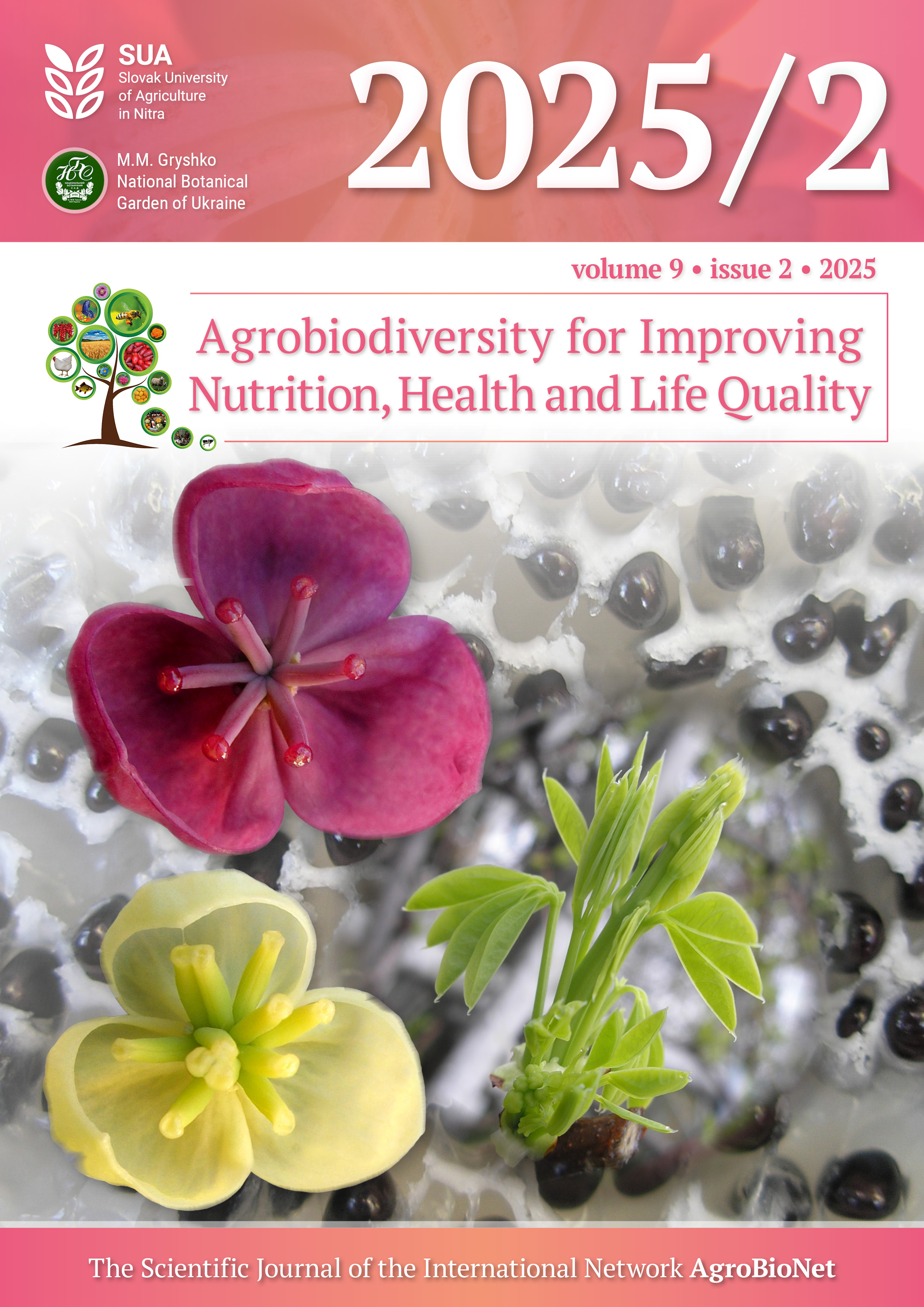Abstract
This review covers the most important aspects of research on plants of the genus Symphytum L. (Boraginaceae Juss.), such as distribution, morphological features, use, biochemical characteristics, ecological, pharmacological, and phytoremediation features. Plants from the genus Symphytum have been used in folk medicine since ancient times. Symphytum officinale L. (comfrey), as the most studied species from this genus, has been used from ancient times for treating pain, inflammation, and swelling in muscles and joints, particularly in conditions like degenerative arthritis, acute back pain, sports injuries, ulcers, wounds, bone fractures, and rheumatic complaints. This knowledge stimulated new investigations, which included more species from this genus, that represented in pharmacological, biological, and ecological reviews. Important pharmacological properties of these plants include anti-inflammatory, anti-ulcer, antioxidant, antimicrobial, and regenerative effects. In general, it should be noted that the results available in scientific sources on the study of this species mainly concern S. officinale, while other species have been studied fragmentarily or there is no information at all. Future research could and should focus on a more in-depth and broader systematic analysis of the genus, microbiological aspects of the study (use of more species and strains of microorganisms), ecological aspects (lack of data on allelopathic activity and salt tolerance), and the bioremediation potential of other species besides S. officinale.

This work is licensed under a Creative Commons Attribution-NonCommercial 4.0 International License.
Copyright (c) 2025

